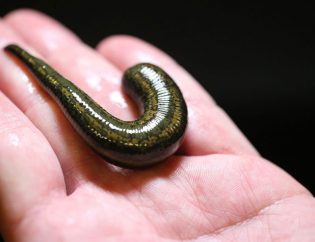Leech therapy, also known as hirudotherapy, is a medical practice that involves the use of leeches to draw blood from a patient. Leeches have been used for centuries for their medicinal properties, and they are still used today in some cases.
Leeches contain a variety of substances that can be beneficial to human health. These substances include:
- Anticoagulants: Leeches secrete anticoagulants that prevent blood from clotting. This allows the leech to feed for a longer period of time without having to detach from its host.
- Analgetics: Leeches secrete analgesics that can relieve pain.
- Anti-inflammatory agents: Leeches secrete anti-inflammatory agents that can reduce inflammation.
- Growth factors: Leeches secrete growth factors that can promote tissue healing.
Leech therapy has been shown to be effective in treating a variety of conditions, including:
- Arthritis: Leech therapy can help to reduce inflammation and pain in people with arthritis.
- Chronic wounds: Leech therapy can help to promote healing in chronic wounds that have not responded to other treatments.
- Dental problems: Leech therapy can help to reduce inflammation and pain in people with dental problems.
- Headaches: Leech therapy can help to reduce the frequency and severity of headaches.
- Skin problems: Leech therapy can help to improve the appearance of skin problems, such as acne and eczema.
Leech therapy is generally safe, but there are some risks associated with it. These risks include:
- Infection: There is a small risk of infection from leech bites.
- Allergic reaction: Some people may be allergic to leech saliva.
- Blood loss: Leeches can draw a significant amount of blood, which can be a problem for people with blood disorders.
If you are considering leech therapy, it is important to talk to your doctor about the risks and benefits.




